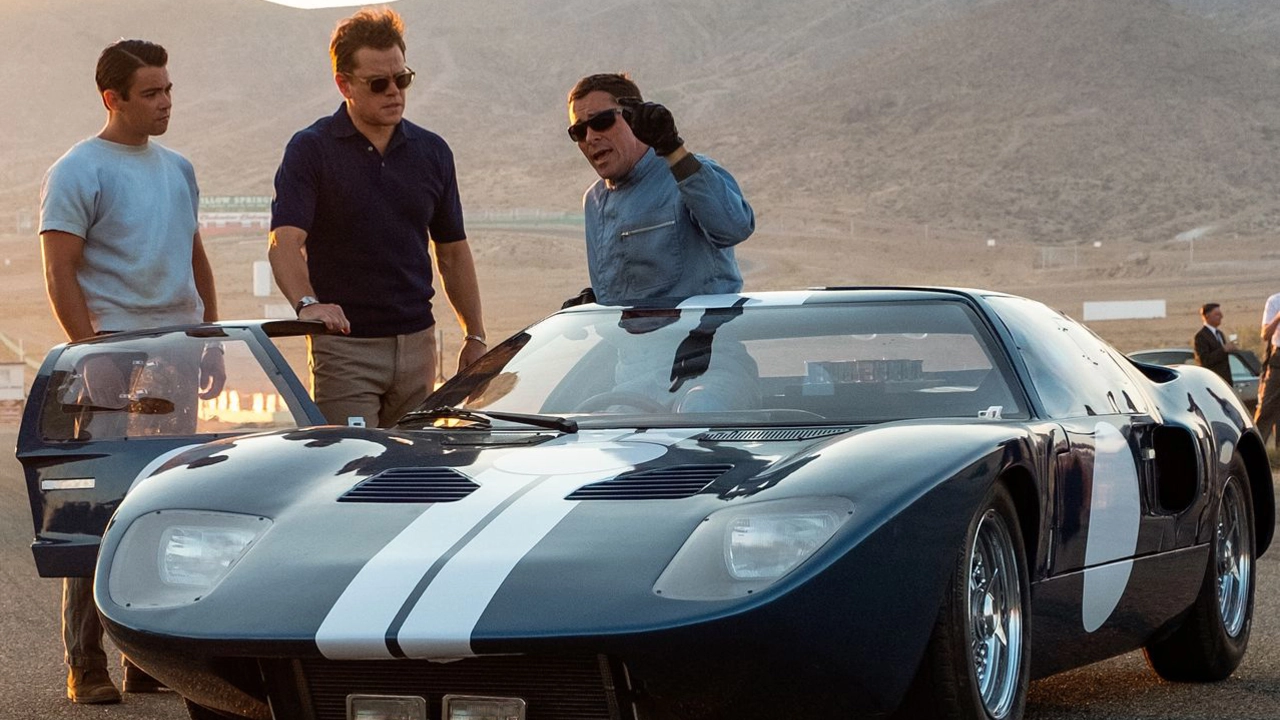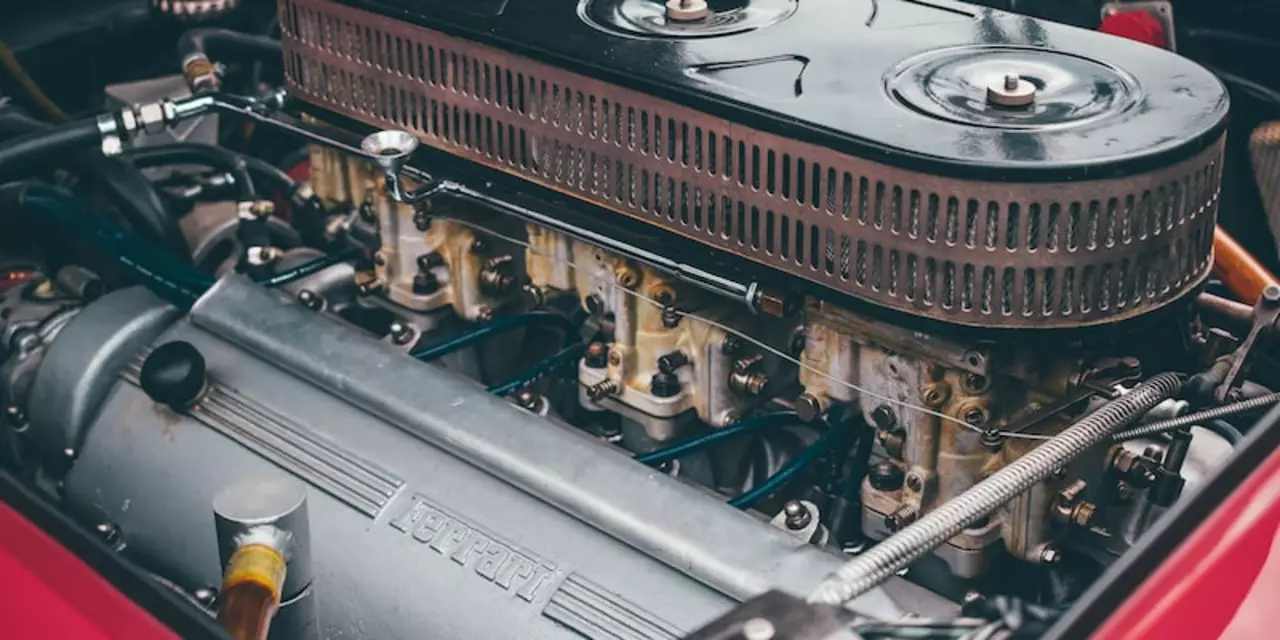Motorsports: What’s Hot, How to Get In, and Why Cars Are Built That Way
If you love the roar of engines and the smell of burnt rubber, you’re in the right place. This page pulls together the most useful bits about motorsports – from career tips to technical quirks – so you can dive deeper without the jargon.
Can You Turn a Passion for Speed into a Real Job?
Many people think racing is only for a lucky few, but the truth is a bit more grounded. A motorsport career usually starts with a clear role – driver, engineer, mechanic, or even a media specialist. Getting a foot in the door means networking at local tracks, volunteering for race weekends, and soaking up every bit of hands‑on experience you can find. Think of it like learning any trade: the more you show up, the more doors open.
For drivers, the path often begins with karting or moto racing at a nearby club. Grab a cheap bike, get proper safety gear, and practice on a track that offers coaching. It’s a slow climb, but each lap builds confidence and puts you on the radar of talent scouts. Remember, every champion started with a single lap.
What Sets F1 Cars Apart From IndyCars?
Fans love to argue whether F1 drivers are better than IndyCar drivers. The real answer lies in the differences between the series. F1 focuses heavily on aerodynamics, hybrid power units, and ultra‑precise circuit layouts. That means drivers need razor‑sharp precision and the ability to adapt to changing technology.
IndyCar, by contrast, mixes street circuits, ovals, and road courses, demanding raw speed and strategic pit stops. Drivers often juggle higher horsepower on ovals and tighter handling on city streets. So instead of ranking them, think of each series as a different sport with its own skill set.
One technical detail that both series share is the wide base of the racing car. A broader track width spreads the car’s weight, improving grip around corners and reducing the chance of a spin. It also helps with aerodynamics by allowing designers to shape the underbody for lower drag. In short, a wide base equals more stability, faster lap times, and better safety for the driver.
Curious about why some countries ban certain motorsports? Switzerland, for example, stopped most motor racing after a tragic 1955 Le Mans crash that killed 83 spectators. The law still blocks traditional races, allowing only electric events to limit noise and safety concerns. It’s a reminder that racing lives and dies by how well we balance excitement with public safety.
Whether you’re looking to start a racing career, compare the top series, or simply understand why cars look the way they do, the motorsport world offers a lot of entry points. Keep reading our blog for more tips, news, and stories from the fast lane. The next race you watch might just inspire the next step in your own racing journey.
In my opinion, some of the best motorsports movies that have truly captured the adrenaline and thrill of the sport include 'Rush', which beautifully portrays the intense rivalry between F1 drivers James Hunt and Niki Lauda. 'Senna' is another masterpiece that offers an in-depth look into the life of Brazilian F1 champion, Ayrton Senna. 'Le Mans' starring Steve McQueen is a classic that brings the excitement of the 24-hour race to the screen. 'Ford v Ferrari' is a recent addition that brilliantly showcases the fierce competition between the two auto giants. Lastly, 'Days of Thunder' featuring Tom Cruise is a must-watch for NASCAR lovers.
Race engineers make use of a range of software tools to analyse and prepare cars for the motorsport racing environment. These tools allow the engineers to gain insights into the performance of the race car, identify areas of improvement, and make informed decisions on setup changes. Some of the most popular software tools used include Simulink for model-based design, MATLAB for data analysis, and CarSim for vehicle dynamics modelling. Race engineers also use a variety of software applications to manage and monitor race data, such as RaceLogic for logging and analysis, RaceRender for video and data analysis, and RaceChrono for lap timing. Ultimately, the software tools used by race engineers help ensure that race cars are performing at their best and give teams an edge in the competitive motorsport landscape.



